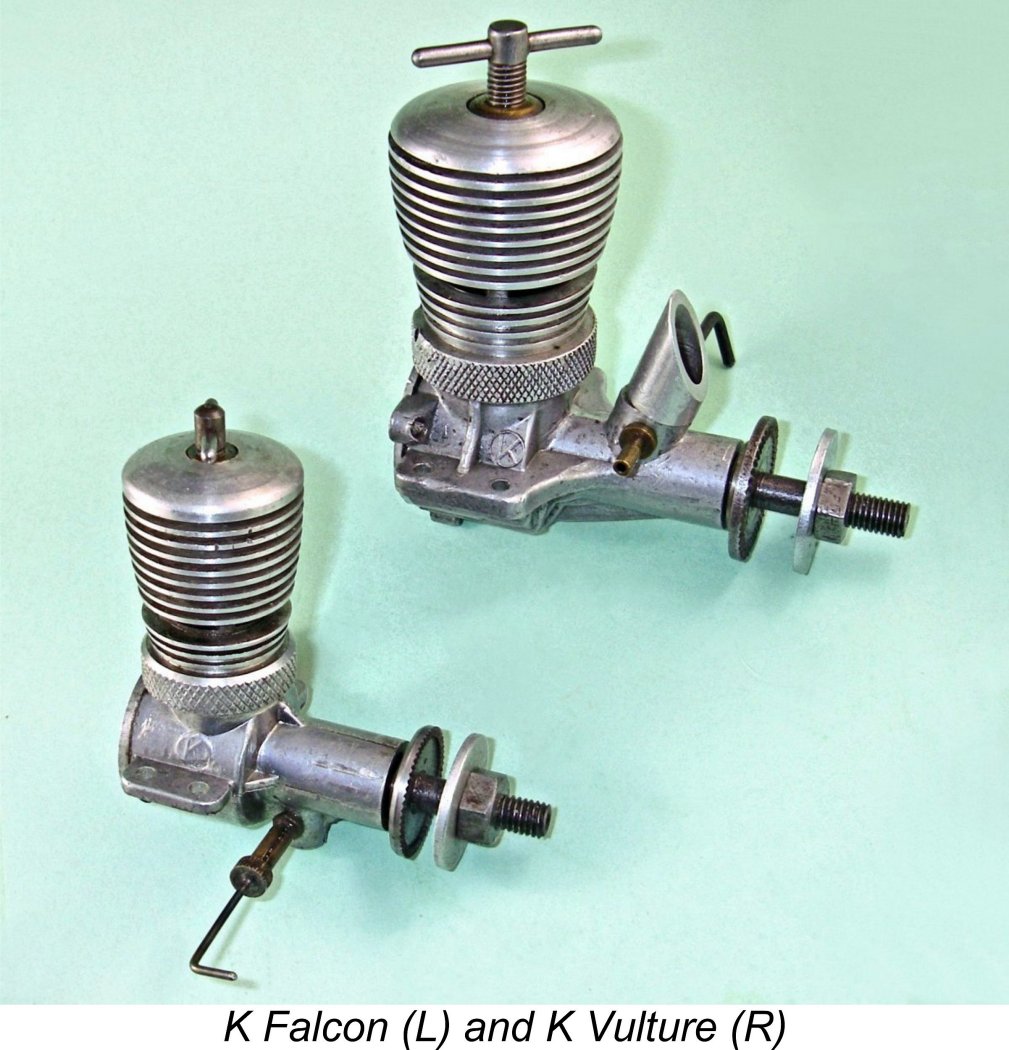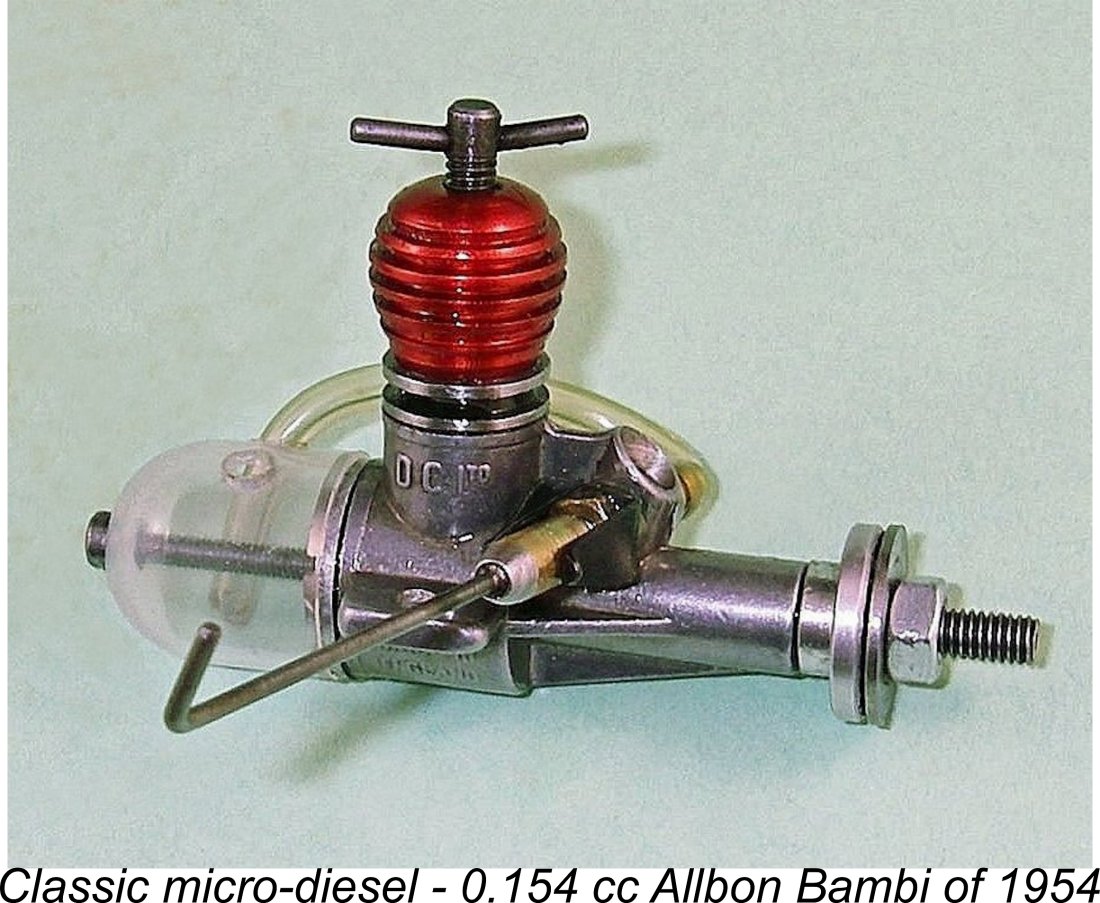
|
|
From the Editor - January 2021
Naturally enough, the demands of the Christmas season have diverted the attention of many of us away from model engines to other preoccupations. In addition, my late completion of the December issue has reduced the time between issues to only some 2½ weeks. Accordingly, there’s not actually that much to report in this Editorial. However, at least I have the opportunity to wish you all a better 2021 than the year just completed! One thing that has reinvigorated my efforts to get back to it has been the ongoing receipt of expressions of goodwill and support that started at the beginning of December after I announced the delay to this edition and the reasons for it. These messages have continued to come in, greatly increasing my determination to maintain this activity. Many thanks to all who have responded in this way! Up to December 23rd the site usage stats were quite encouraging, showing that many of my readers have continued to take an interest despite other distractions, evidently using this website to help them fill the hours of isolation forced upon many of us by the COVID situation. However, at that point the statistical tracker for this site ceased to register for some as-yet unknown reason. After the New Year break, I hope that my service provider will be able to get this sorted. The figures up to December 23rd confirmed that despite the COVID-19 pandemic and the current political distractions, a good number of folks are clearly remaining very much engaged with our hobby. Further confirmation comes from the fact that the mail box has remained quite active. I heard from a surprising number of you during December, including (in no particular order) Luis Petersen, Dave Jones, Sergio Montes, Peter Valicek, Maris Dislers, Ken Croft, Allan Brown, Andrew Longhurst, Andrew Boddington, Sadly, I have to report yet another departure from our midst this time out. We’ve lost Mats Böhlin of Sweden, who passed away on December 20th at the age of 71 years. He had been suffering for some time from serious heart and kidney ailments, but what actually took him from us was his contracting COVID-19 - his body simply couldn’t cope with the cumulative impact of all of these problems. In partnership with his fellow countryman Gösta Bengstar, Mats was formerly a regular International control line team race competitor, finishing as high as 7th in the 1977 Criterium of Europe event. Later he became involved with tether car racing, at which he was immensely successful, achieving World Champion status. He was also a model engineer of supreme talents. I had direct contact with Mats during the writing of my article on his outstanding K&B-based team race diesels, which may still be read on this website. I found him to be a reserved and self-effacing but always friendly individual who was ever ready to help in my research. I’ll miss him.
The noted Engllish team race competitor Chas Taylor read the article prior to its publication and was "hugely impressed". Chas was a competitor at this meeting, reaching the final and becoming centrally involved in the shenanigans which marred the final heat. His personal recollections will appear in a future issue of the magazine.
There has been another addition to the Gallery pages, bringing the new total of entries up to 201. It so happened that I received several almost simultaneous inquiries regarding the Fuji .049 glow-plug models from 1950’s/1960’s Japan. I’ve previously published articles on the Fuji .099 series as well as the .29-35 cuin. models, but the .049 offerings have so far gone unreported in detail. However, I already had a draft article on them waiting to be finalized and illustrated, and these inquiries have spurred my determination to complete that article and get it up on this website. Look for it at some point in the future..………… I also plan an in-depth look at the various Fuji .15 twin-stack models.
Mr. Gao's collection forms the core of the display, which is located at the Shanghai Sports Technology Management Centre, which was the site of the 1994 World Control Line Championships. The collection includes a focused display of Chinese engines in addition to the more far-reaching International content. There are books and other publications as well as engine drawings and information on how engines of various types function. There is also a considerable amount of historical information. At some point in the future I hope to learn more about this exciting initiative. I wish it every success. Turning now to this month’s lead articles, I’ve comprehensively revised my earlier pieces on a couple of English classics - the 5 cc “K” Vulture and “K” 2 cc models from Gravesend in Kent. I’ve previously written about both series in articles which are still to be found on MEN. However, a great deal of additional information has come In that context, I now have to raise a matter which has unfortunately intruded itself. I have run into a medical situation (not COVID) which may or may not prove to have a significant influence upon my future well-being. This being the case, I am unable to guarantee that I will be able to sustain the monthly schedule of new issues which has so far been more or less maintained. I will do my best, but other concerns may affect my ability to continue. Assuming the best, for next month I plan to present something a little different - a study of an engine type as opposed to a specific model or series. I thought that it might be of some interest to present a summary of the various early attempts to create really small diesels (aka micro-diesels) in the years leading up to 1960. For the purposes of this study, I’ve adopted the completely arbitrary criterion that a true micro-diesel has a displacement of no greater than 0.35 cc. As you’ll learn, a lot of makers got down to displacements far smaller than this! The article will cover all such engines of which I’ve become aware that were made up to and including 1960. I’m sure that I’m missing a few, and I’m wide open to learning about any such missing models from my valued I’m very well aware that numerous micro-diesels meeting my displacement criterion have appeared since 1960. However, I had to keep the article down to a reasonable length, hence my chronological cut-off at 1960. This one’s for the pioneers! If time and energy permit, I may continue the story in a future article - we’ll see. I think that about does it for this edition. All being well, I hope to be back to you with another edition on or about February 1st, 2021. Meanwhile, please accept my best wishes for continuing to rise above the present pandemic and political aggravations to extract the best of what life has to offer under present circumstances. The heady aroma of diesel fumes, sparkie smoke or burning nitro may be more challenging than usual to experience at present, but I hope that at least some of you find an opportunity to get your fume fixes! Take care and stay well - pay attention to the doctors and scientists rather than the politicians and their uninformed self-interested supporters!! Cheers, Adrian Duncan British Columbia, Canada ___________________________________ Note regarding material to be found on this site - unless specifically otherwise noted, all images and text which appear on this site are my own work, and I hereby assert my right to be recognized as the originator of this material. For the record, this material is made freely available to all upon two firm conditions:
Adrian C. Duncan British Columbia, Canada
|
| |
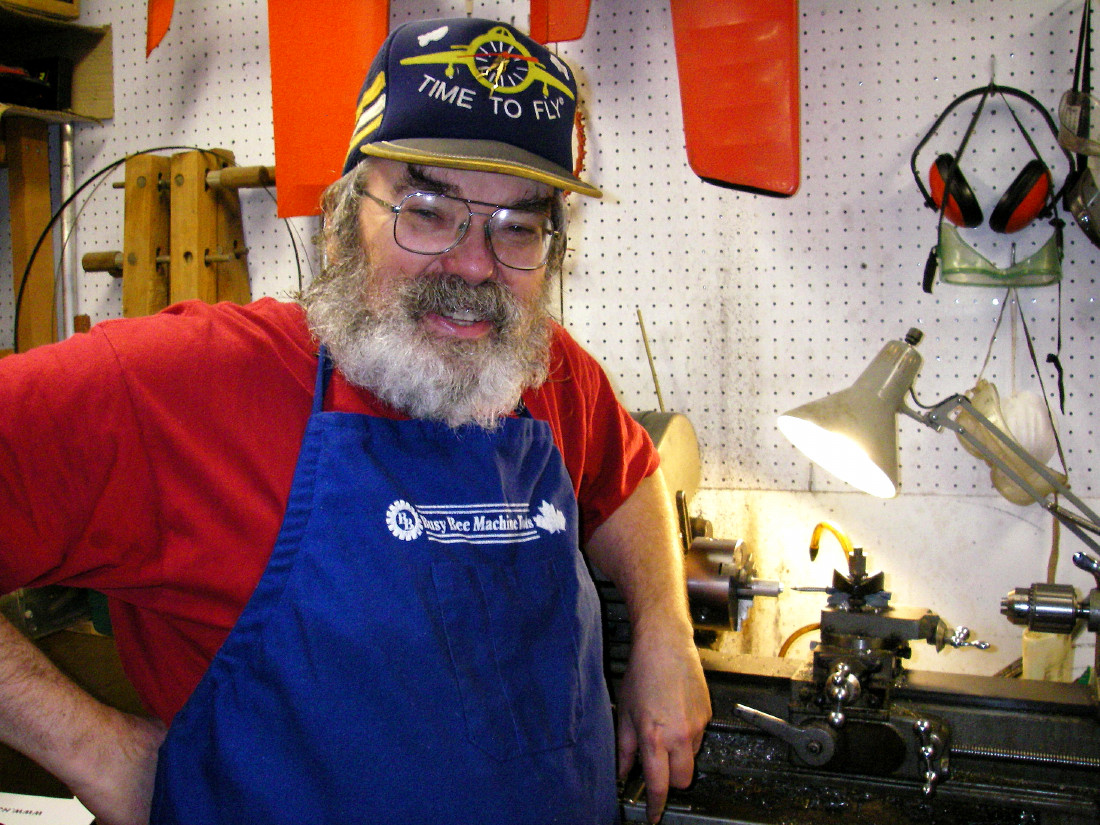 Welcome to 2021 - finally!! I have to say that I for one am more than ready to move on past 2020, which has turned out to be a year to forget on far too many levels. Still, my wife Lorna and I managed to have a good Christmas together, although we missed the opportunity to foregather with extended families and friends, having to be content with a Boxing Day family "gathering" on Zoom. Hopefully next year ………….
Welcome to 2021 - finally!! I have to say that I for one am more than ready to move on past 2020, which has turned out to be a year to forget on far too many levels. Still, my wife Lorna and I managed to have a good Christmas together, although we missed the opportunity to foregather with extended families and friends, having to be content with a Boxing Day family "gathering" on Zoom. Hopefully next year …………. 
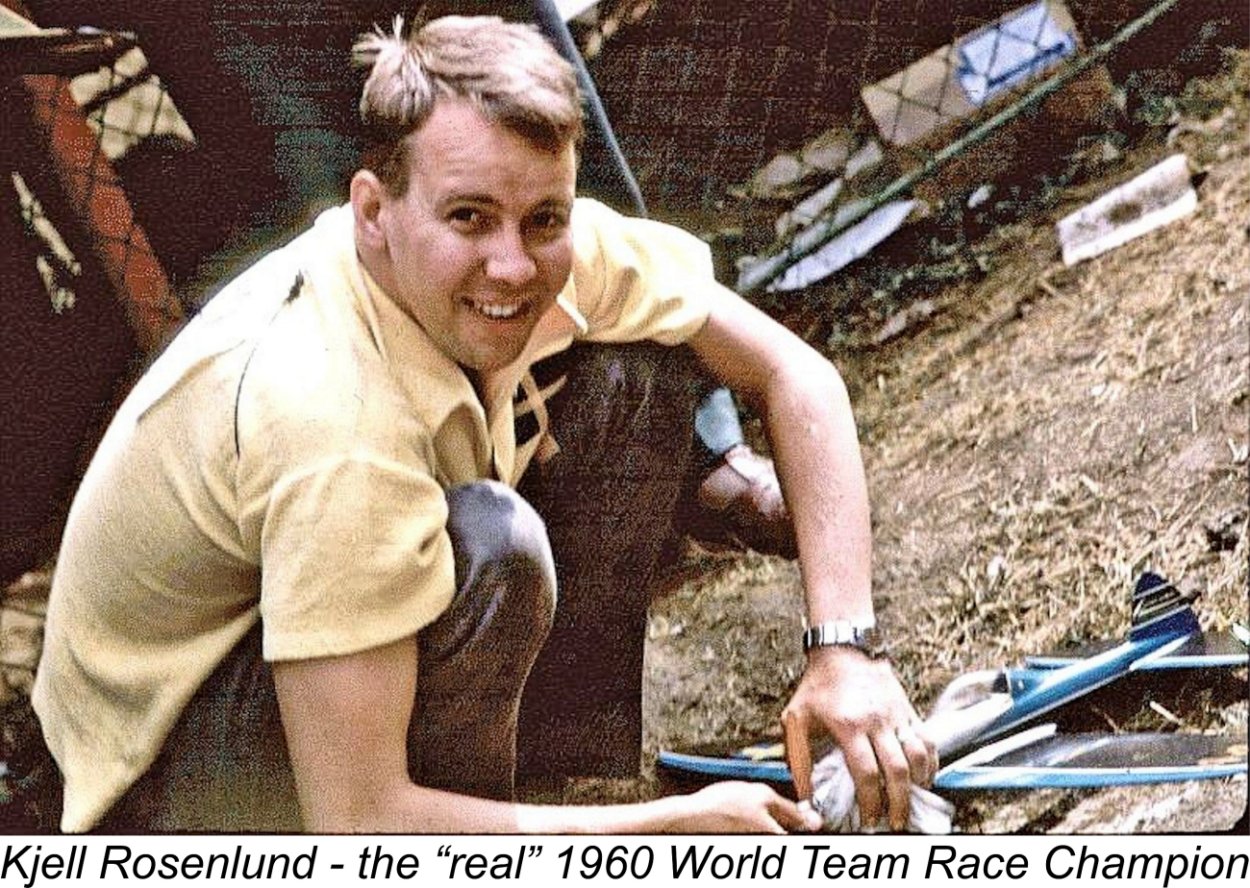
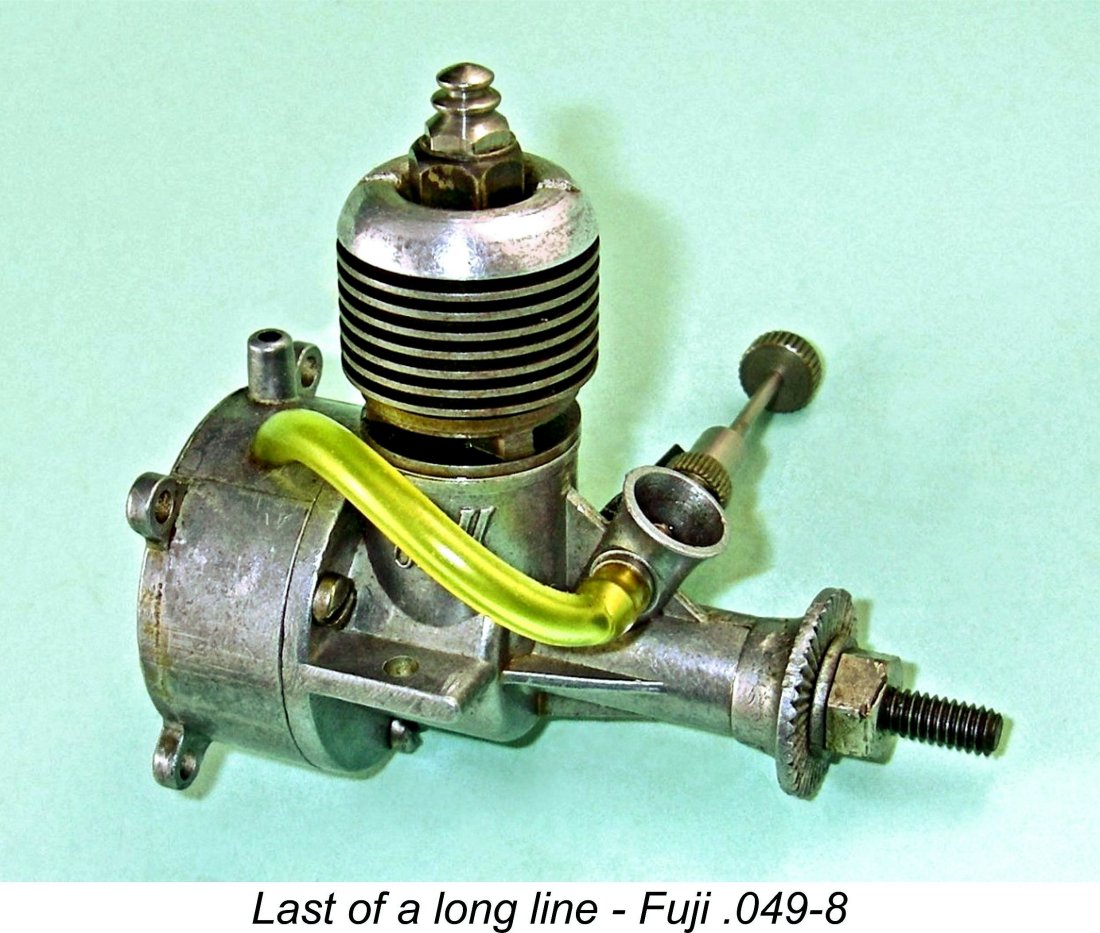
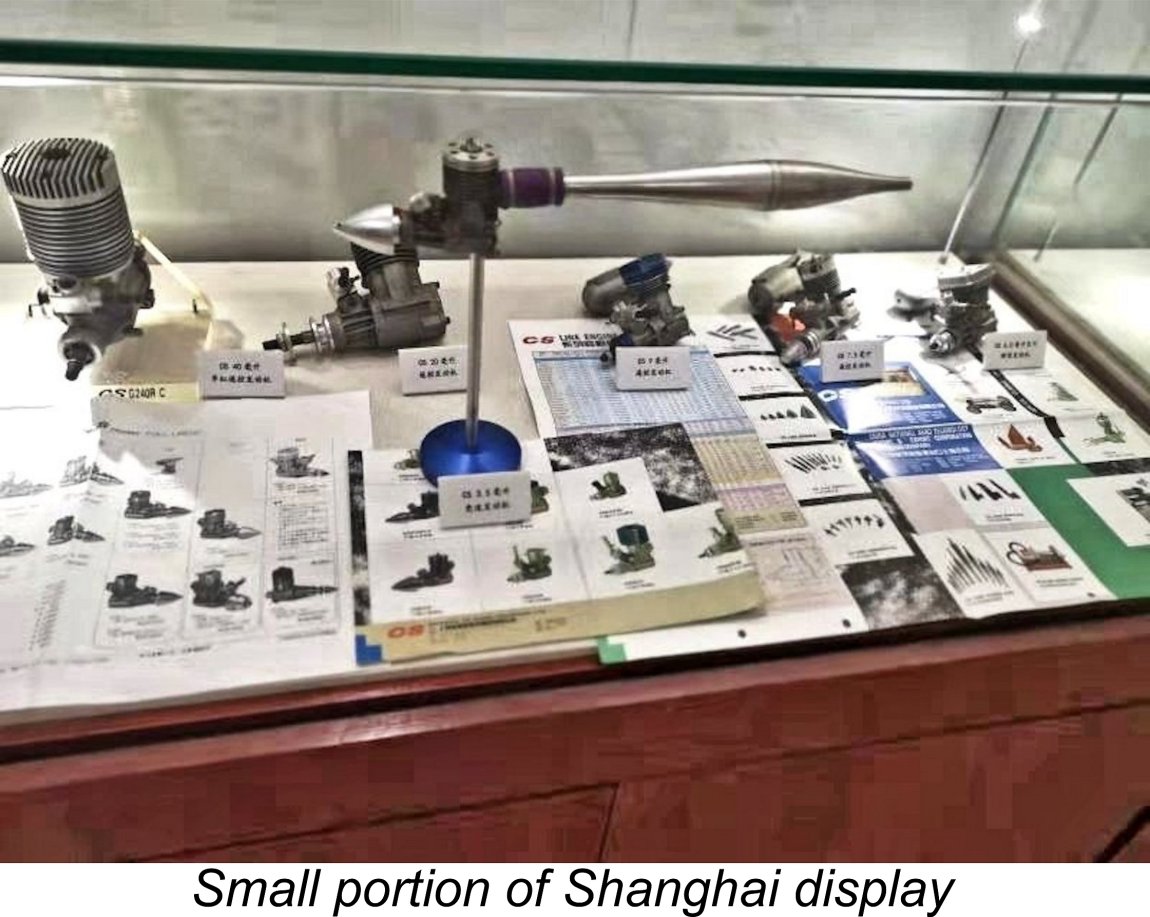 Thanks to the kindness of Alex Phin of
Thanks to the kindness of Alex Phin of 